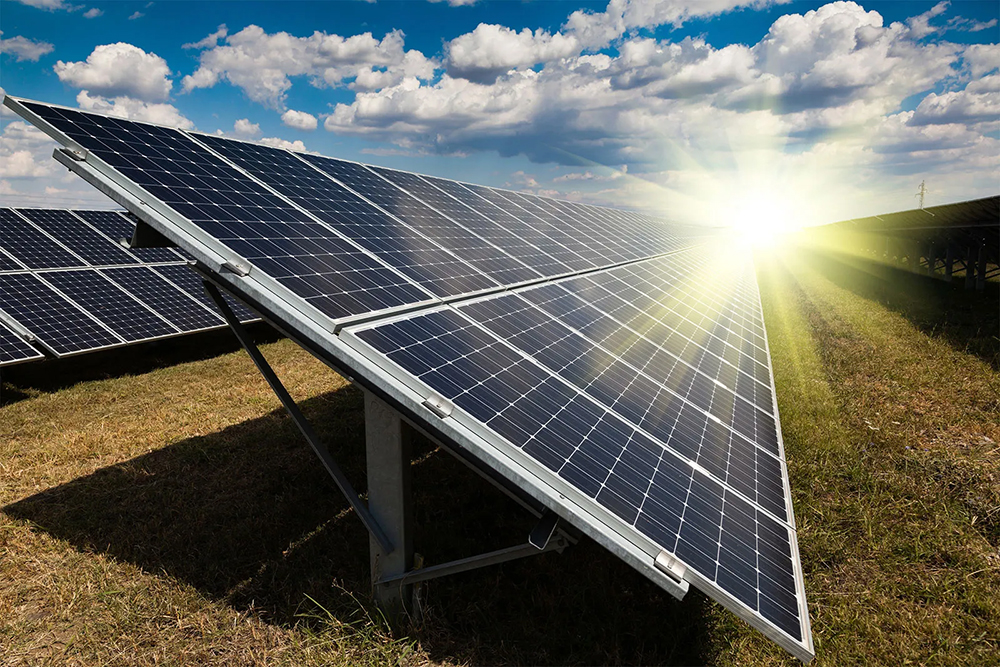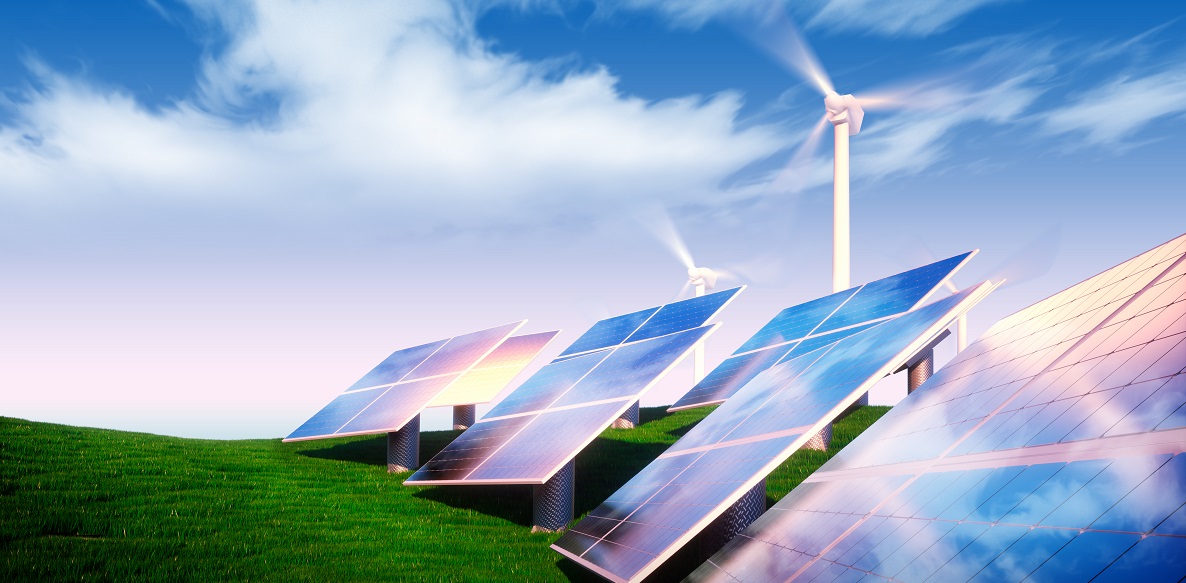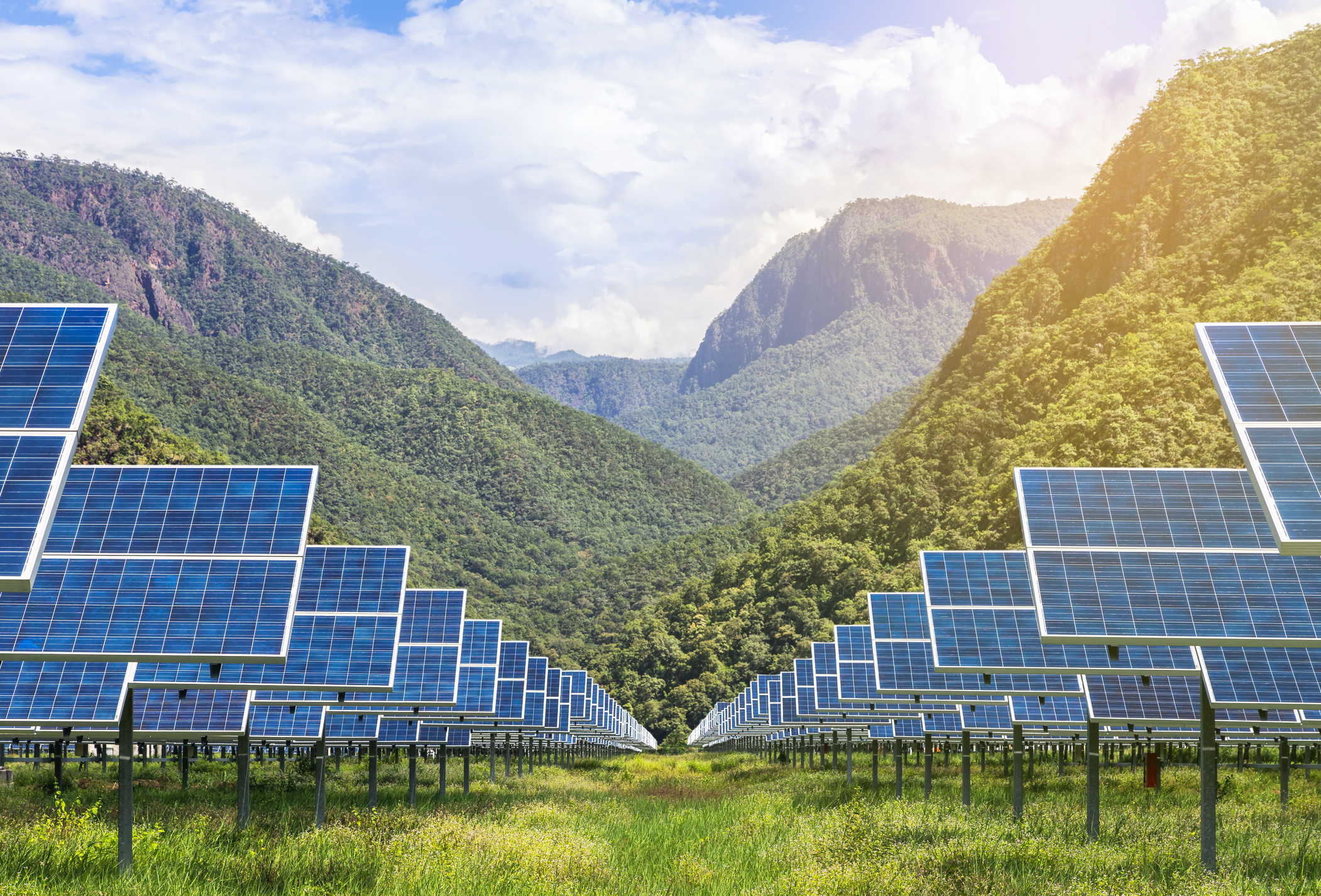Eco-Friendly Detergents
Solar Panel Cleaning Cleaners Using eco-friendly cleaners is important, not only for increasing the efficiency of solar panel operation, but also for environmental benefits. Conventional cleaners can contain chemicals that damage the surface of the panel and can also be harmful to the environment.
Using Organic Cleaners to Improve EfficiencyCertain organic cleaners can increase the transmittance of sunlight through the panel glass by 3%, which can greatly increase power output. This will help keep the screen clean for as long as possible and reduce annoying dusty sticky residue.
SolarCleanSolarClean is a US-based company that uses plant-based cleaners to clean its solar farms in Arizona. Cleaner packs, showed a 4.5% increase in power generation efficiency, three times that of previous years using conventional cleaners. This is said to be due to less dirt left on the panels and no toxic residue.
Zero Phosphate and Rapidly Biodegradable Wastewater Treatment AgentsGroundwater tables in arid, sunny desert regions of the world are evaporating, eliminating the need to flush large amounts of segmented detergents. EcoWash requires only 50% of the water used for a standard tank rinse to work, which not only saves water but also reduces operating chemicals by half.
Importance of concentration levels for cleaning efficiencyThe cleaning power of an eco-detergent is tied to its ingredients. It’s important to find a balance, using just the right amount of active ingredients to clean effectively, but not too much to waste or harm the environment. A 5% saponin concentration from soapberry, used on control panels, effectively removes oil stains without damaging protective covers.
How leading solar farms are starting to implement the solutionThe solution is so effective that solar farms in California and Nevada have incorporated the service into their SOWs, not only because of its excellent cleaning performance, but also because of the significant reduction in water usage (and chemical runoff), which helps local ecosystems.
Waterless Cleaning Compounds
Waterless Cleaning CompoundsWater scarcity is a major issue facing many parts of the world, and areas where solar energy becomes critical. These creative solutions also save water and avoid the potential drawbacks of cleaning by dumping large amounts of resources (pigeon spot buildup and sediment).
How Waterless Compounds WorkWaterless cleaning technology will use electrostatic and adhesive properties to remove dirt and dust from solar panels, keeping them clean without the need for additional water. Taking the form of a spray or foam, these sprays or foams adhere to dirt particles, which are then wiped off with a soft cloth or brush, leaving behind clean and protected panels, ultimately improving efficiency.
The Impact of DryCleanTech in the Nevada Desert While solar energy offers a scalable solution to bridging the energy access gap in rural areas, it also presents its own challenges. During specialized testing, DryCleanTech’s products actually increased panel efficiency by 5% over a six-month period due to the longer panel surface cleaning time, which was not the case with ordinary water-only methods.
There are significant economic benefits to using waterless cleaning agents, which are inexpensive and have no impact on the environment. Because no water is required, operational costs for procurement, waste storage and disposal are eliminated. They are often made from biodegradable compounds, which reduces environmental concerns.
Best ApplicationsFor best results, it is recommended to apply waterless compounds during the cooler hours of the day to slow evaporation and ensure thorough cleaning. To prevent the buildup of heavier residues that may be more difficult to remove without water, maintain a regular application schedule.
Solar Farms Employing Waterless CleaningMany large solar farms in areas with low rainfall, such as Arizona and New Mexico, have turned to waterless cleaning systems. Their efforts not only result in superior cleaning performance, but also reduce environmental impact, supporting broader sustainability goals across the industry.
Robotic Cleaners
Revolutionizing Solar Panel MaintenanceAutonomous Technology Robotic cleaners are quickly becoming the technology of choice in the solar industry for two main reasons – they save time and require less manpower. Their autonomous units work freely across vast solar fields, optimizing each panel for maximum output without anyone having to lift a finger.
Robotic Cleaning SystemsThese robotic systems come with sensors and soft brushes that are specially configured to remove all dirt without damaging them. Most models are also lightweight and are usually powered by solar energy to reduce operating costs. They can be programmed so as not to interfere with energy output, typically cleaning at night or during low production hours.
Solar Farm CleaningSolarBot cleaners, which are used exclusively on solar farms in California. Deploying SolarBot over a 12-month period also increased cleanliness scores to about 6%, ultimately increasing energy output compared to cleaning without the use of robots or technology. These robots navigate 50 acres of land on the farm each day, demonstrating their scalability.
Cost Savings and ROIRobotic cleaners have a high upfront cost, but the payback period provides a good return on investment. Over the course of a year, this higher efficiency could generate at least $100,000 in additional revenue per year for any 10 MW solar farm (based on current electricity prices). The reduction in high labor costs and water usage can lead to ongoing savings.
Environmental BenefitsBeyond operational efficiency, robotic cleaners also contribute to environmental goals by minimizing water usage – an important aspect in arid regions. Their precision cleaning reduces the use of chemical detergents, thereby enhancing environmental protection.
Global Adoption TrendsRobotic cleaning technology is on the rise worldwide. Such systems are not only useful in places with severe sand and dust accumulation, but when you enter regions such as the Middle East/North Africa (MENA), such systems can be a lifesaver for the viability of solar projects.
Automated Sprinkler Systems
While there are many ways to clean solar panels, water sprinklers seem to have become the new strategy for investors and production companies. This ultra-efficient watering system targets crusting and dust accumulation that hinders the efficiency of solar panels.
Algorithms program these timers to operate in a specific manner based on the readings of moisture sensors. The system can adjust the water flow and timing to allow cleaning to occur during ideal conditions, low light hours, or off-peak sunlight hours, without interrupting solar absorption at the best time.
How to use water efficiently in arid climates, allowing solar farms that implement automatic water sprinkler systems to achieve a 7% improvement in panels by cleaning the panels more regularly. It only uses 30% of the water used by the manual cleaning process; a huge savings for this region that always faces drought.
Economic and Environmental BenefitsThe savings in water usage alone are significant. A medium-sized solar farm can save up to $20,000 per year in water costs alone. This can also provide a short-term payback within 2 years of installation by gaining the added benefits of saving labor costs and increasing energy production from cleaning panels.
The system’s integration with IoT technology is present in most solar farms, especially for remote control and monitoring. This integration allows for more efficient system management and predictive cleaning based on historical data.
Industry Leader AdoptionAs more and more of California’s top solar companies use these systems to a greater extent. This demonstrates the dual value of the technology, being able to maintain compliance with strict water regulations while keeping panels operating at high efficiency.
Professional Cleaning Services
Professional cleaning services provide you with a professional service to clean your cells in a way that is best suited to any photovoltaic and in compliance with industry requirements. Professionals are trained in the service using specialized techniques and tools to get the best results for your solar panels.
Cleaning and maintenance services from A to ZA professional is someone who can create a comprehensive cleaning protocol from scratch, including a survey of the cleaning maintenance of the panels. Such a protocol can include the use of special equipment (retractable brushes to reach high modules), biodegradable cleaning solutions, and a water system controlled by shut-off nozzles to avoid waste or damage to the panels.
Impact on panel efficiencyProfessional cleaning services can indeed increase the efficiency of solar panels. This is supported by a study at a solar farm in Oregon, which showed that professional cleaning every two weeks increased monthly production by 8% compared to regular cleaning or insufficiently cleaned or no panels.
Cost-Benefit AnalysisThis is a big cost of hiring a professional, and given that you are able to produce more energy as a result, this investment will most likely pay for itself quickly. One solar farm in Texas even recovered its annual cleaning service fee in four months due to the increase in production.
Green Cleaning Practices Professional maintenance services not only clean effectively, but are also environmentally safe. They typically use non-toxic cleaning agents and adhere to the strictest safety regulations to protect employees and the environment, which is undoubtedly a win-win.
Increased Demand in the Commercial SectorIn the commercial sector, especially where precision and efficiency are required, one can see an increase in the demand for hiring professional solar panel cleaning services. Large utility-scale solar providers and corporate parks are typical early adopters who can take advantage of professional maintenance for a long time.



